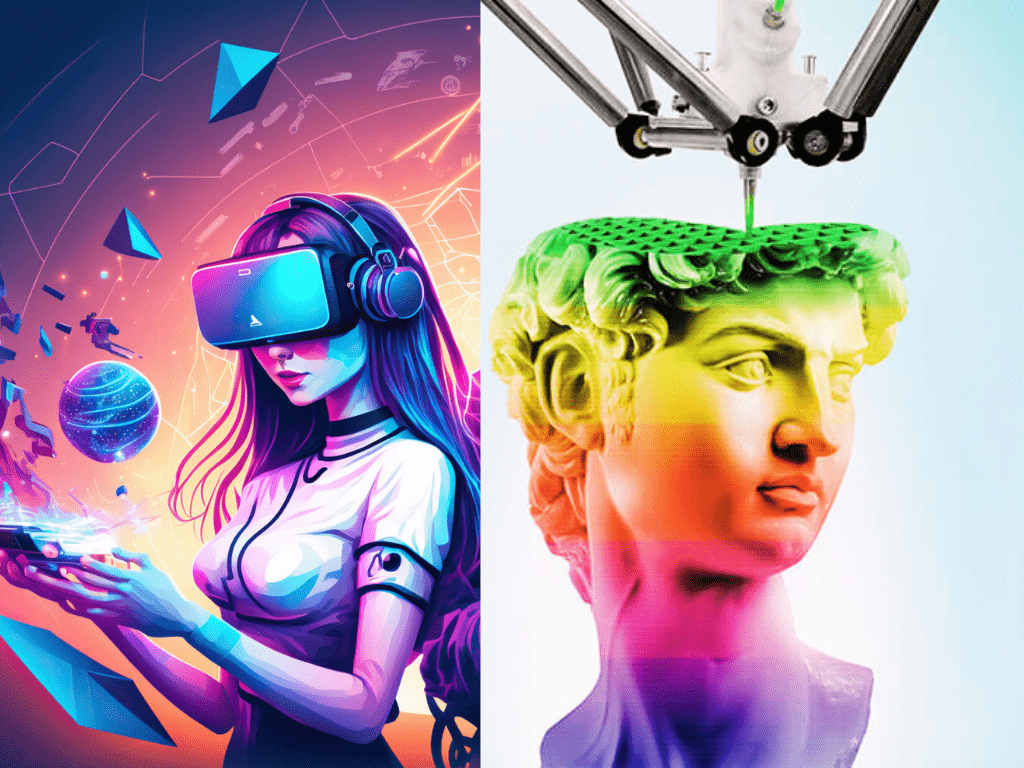Medical 3D printing is a game-changer in the healthcare sector, and its applications are growing rapidly. The technology has the potential to revolutionize the way medical devices, drugs, and even human tissues are manufactured. The advantages of 3D printing in the medicine and healthcare sector include improved patient outcomes, reduced costs, and increased efficiency in the production of medical products.
The Luskin Orthopaedic Institute for Children will use this technology to create integrated microcontroller systems for sensor-embedded 3D printing medical devices that will assist the children they serve (LuskinOIC).
It happens after the company that specializes in additive manufacturing teamed up with the LuskinOIC-funded UCLA Health Billi Research Lab.
Devices including scoliosis braces, Ponseti braces, and smart casts are now being developed using nano 3D print’s B3300 Dual-Dispensing 3D Printer.

The Luskin Orthopaedic Institute for Children (LuskinOIC) was established in 1911 as the Los Angeles Orthopaedic Hospital and is devoted exclusively to pediatric musculoskeletal orthopedics.
Medical 3d printing’s Mission is towards nurturing the Musculoskeletal disorder

- The objective is to improve patient quality of life by developing breakthrough technologies and solutions to address unmet clinical needs.
- It provides excellent care for patients with musculoskeletal problems, enhances medical education and scientific research, and provides care for children regardless of their families financial situation.
- Its goal is to enhance patients’ quality of life by creating innovative technology and treatments for unmet medical needs.
Research and Development in the field of bio 3D printing
- Ramsey Stevens, CEO of nano 3D print, and Dr. Fabrizio Billi are collaborating to enhance research and development using multi-material 3D printing, with the goal of benefiting various sectors.
- Dr. Fabrizio Billi and his team will utilize nano 3Dprint’s technology to create integrated microcontroller systems for sensor-embedded devices, which will be beneficial for the children served by LuskinOIC. This technology will contribute to the development of innovations such as smart casts and Ponseti braces for treating clubfoot, as well as scoliosis braces.
- The smart cast project from the Billi Research Lab aims to detect compartment syndrome, a dangerous condition where swelling within a cast restricts blood flow to the leg, leading to tissue necrosis. It provides real-time information about the healing of fractures.
- Dr. Billi and his team are working on a method to 3D print sensors directly onto live tissues like bone, cartilage, tendons, and skin. This approach allows for monitoring mechanical and physiological factors directly on the tissue, thereby enhancing the understanding of health status and tissue response to treatment.
Additional breakthrough of 3d printing for medical use
3D printing has the potential to revolutionize the field of drug discovery and manufacturing as well. By enabling the creation of personalized medicine, 3D printing can help increase the efficacy of drugs and reduce side effects. Additionally, 3D printing can be used to create patient-specific models of diseases, allowing for improved drug testing and development.
In medical education and training, 3D printing is playing an increasingly important role. Medical students and doctors can use 3D-printed models to practice complex surgeries and procedures, allowing them to gain hands-on experience without the risk of harming patients. 3D printing can also be used to create realistic and detailed models of anatomy, which can be used in medical education and research.
Conclusion
In conclusion, 3D printing is a technology that has the potential to revolutionize the healthcare sector. Its applications are vast and growing, and it has the potential to improve patient outcomes, reduce costs, and increase efficiency in the production of medical products. As technology continues to advance, it will likely play an increasingly important role in the healthcare sector, and we can expect to see many more exciting developments in the future. Stay tuned with futuretechverse blog and sign our newsletter for latest technology update.
FAQ
What is Luskin Orthopaedic Institute?
The Luskin Orthopaedic Institute is a medical institution specializing in the diagnosis and treatment of orthopedic conditions. It is a center of excellence that offers a wide range of services including surgical and non-surgical treatments, rehabilitation, and diagnostic imaging.
What is Musculoskeletal disorder?
Musculoskeletal disorders are a group of conditions that affect the bones, joints, muscles, tendons, ligaments, and other connective tissues of the body. These disorders can cause pain, swelling, stiffness, and limited mobility, and can range from acute injuries such as sprains and fractures to chronic conditions such as osteoarthritis and rheumatoid arthritis.
What is 3d Printing?
3D printing, also known as additive manufacturing, is a process of creating a physical object by adding layer upon layer of material. The process is controlled by a computer program that takes a digital 3D model and converts it into a series of cross-sectional slices, which are then used to build the object.

